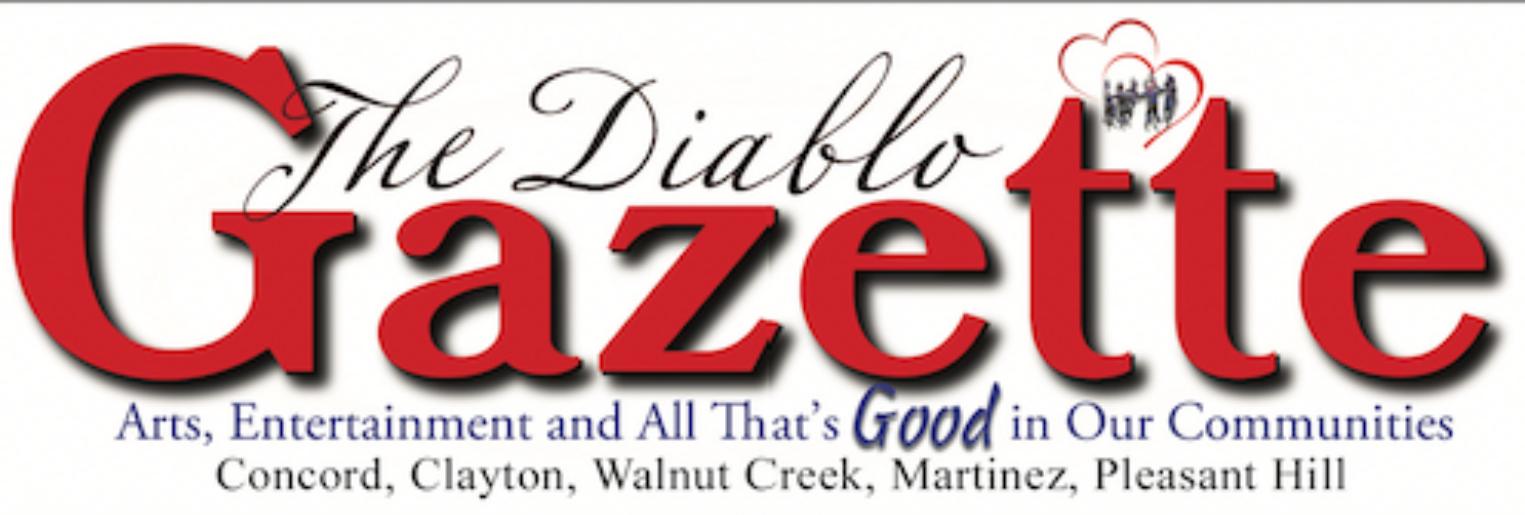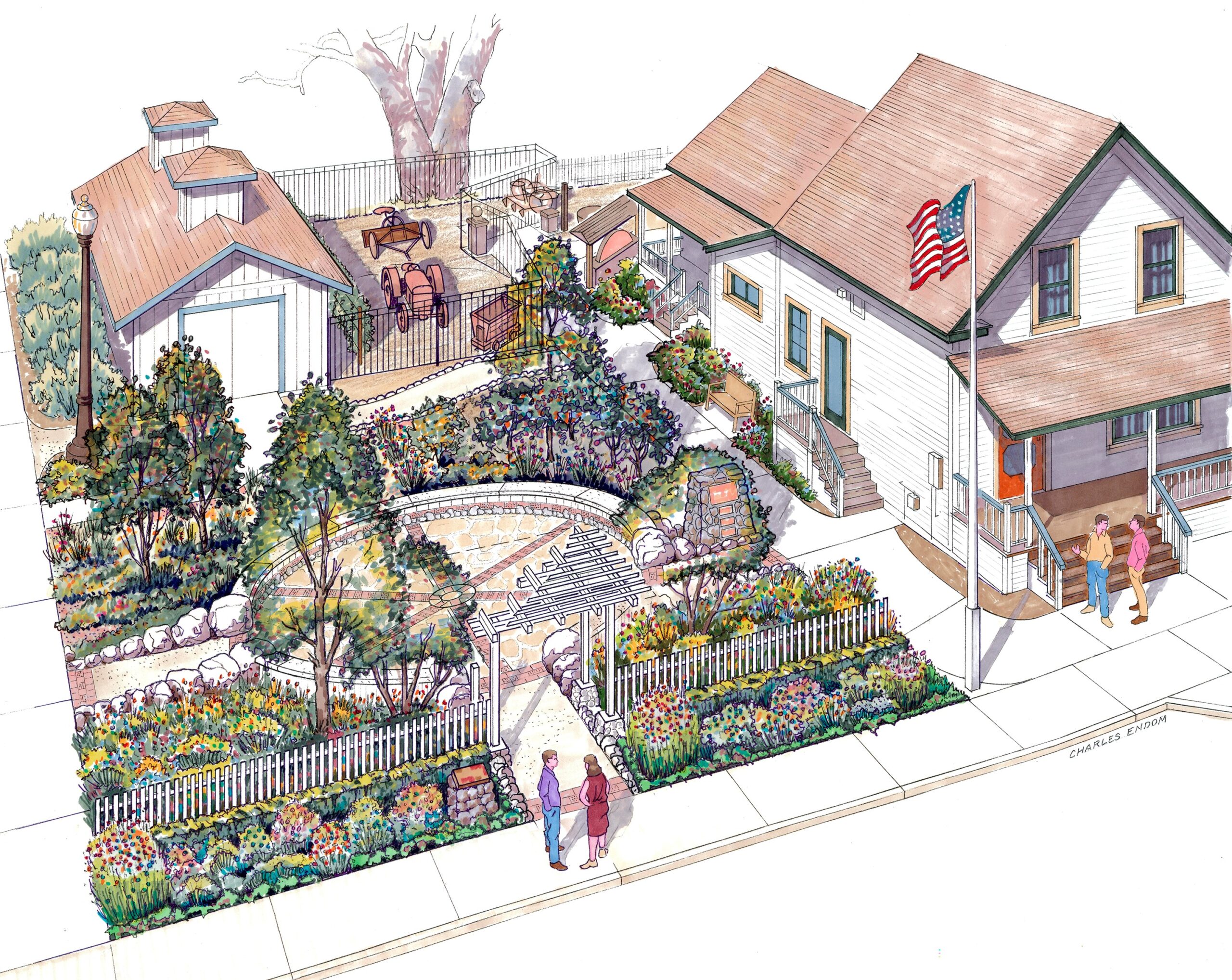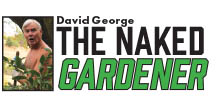
May is the month of flowers. If you enjoyed the beauty of Contra Costa’s flowering trees in March and April, you will love this month’s garden attractions. Roses, peonies, nasturtiums, day lilies and a variety of native wildflowers are filling our neighborhoods and hillside parks with color. Take your family and pets on daily walks, breathe the flower scents, and rekindle your wonder of all things natural.
Speaking of getting out, I have a great local destination for you and your family to visit this month. The Clayton Historical Society (CHS) Museum at 6101 Main St is a fascinating place to spend an afternoon. The museum is chock full of historical artifacts from Contra Costa’s early days. The adjacent Educational Garden has been designed to teach young and old about native plantings and about our local indigenous people’s lifestyles before Europeans arrived on the scene.

I had an opportunity to talk with the designer who planned the 2018-installed Clayton Museum Educational Garden. Steven Lane discussed the need, the work, and the results of a team of Clayton volunteers who bring Contra Costa’s natural history alive for visitors.“The original museum garden was designed by Grete Ringenberg to demonstrate butterfly-attracting plants, and opened to the public in 2001,” Lane tells me. “It was maintained by CHS volunteers until 2008 when high water bills and the recession forced the Society to abandon irrigation. I got involved in 2010 when a new museum garden project team was forming to reinvigorate the area and focus on low water usage plantings and create a learning experience about local indigenous culture.” By then, the gardens had become weedy and overgrown, and a new approach was needed.
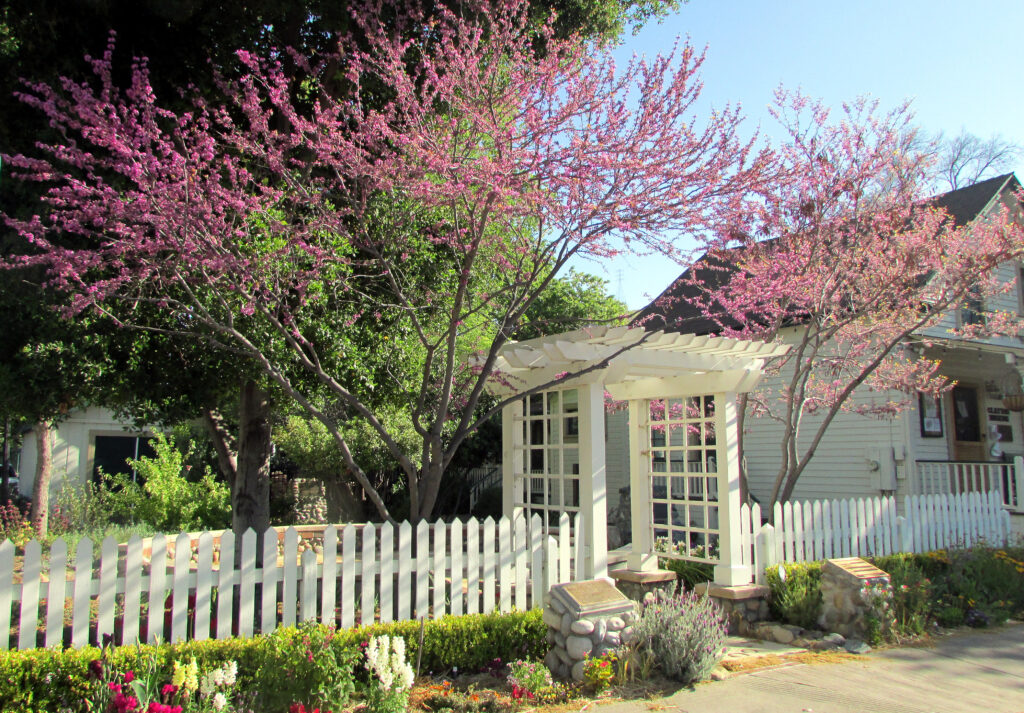
How did the transformation take place? “The first phase in 2010, was the design, planning and planting of the north end Native California Plant Garden,” Lane explains.
“The second phase in 2011, was the planning and planting of the Main Street facing Cottage Garden. Anna Wendorf designed the two early phases, and CHS and Clayton Valley Garden Club volunteers planted with Chevron, Bank of the West and Dow volunteers.”
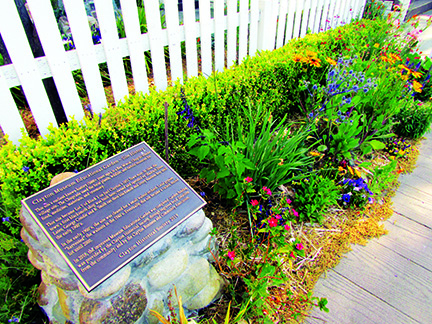
This area is now mostly heritage bloomers – the kinds of garden plants that Clayton pioneers would have grown in their early gardens.
“I worked with the CHS Board and the City from 2012 through the 2016 approval of the final design, including two other educational areas, the Wagon Wheel Plaza which highlights California natives, and the S-Path in the north end which winds through plants of the local indigenous landscape of years ago. It’s been a long process, but a labor of love.”
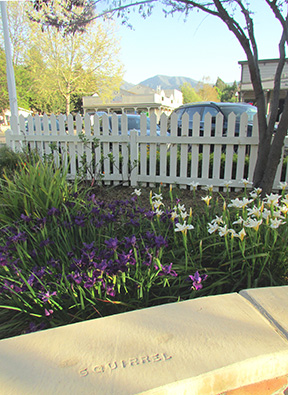
Natural plantings were chosen for the indigenous areas; plants that were important to the diets and survival of the people of that period.“Acorns from local oak trees were a ‘super food’ of the native people. After the bitter tannins were soaked out, natives would grind the acorn meat into flour and combine with a number of different foods. We also planted soap root, elderberry, manzanita, toyon, and miner’s lettuce – all of which had important uses to the indigenous culture.”
The Clayton Historical Society is now working on the native gardens at the museum.
“We are adding signage to our plantings; are converting to waterwise micro-spray emitter irrigation; adding locally-sourced mulch to conserve moisture in the soil; and spreading our home-made compost to naturally fertilize the non-native ornamental and agricultural display plants. We’ll add more California natives under the guidance of our local plant propagator and donor, Nancy Niemeyer.”
The Clayton Historical Society Museum and Educational Garden sounds like a perfect outing for dedicated all-natural gardeners. Thanks, Steve, for sharing the effort and results with us. If we and our families coordinate our visits with the Clayton Valley Garden Club’s annual plant sale on May 8th (in the Endeavor Hall parking lot), and the CHS’s Clayton Gardens Tour on May 14 & 15, we can help fund the Garden’s improvements and take home some great-looking plants – just in time for Mother’s Day!
Email your comments and questions to: NakedGardener@diablogazette.com.

